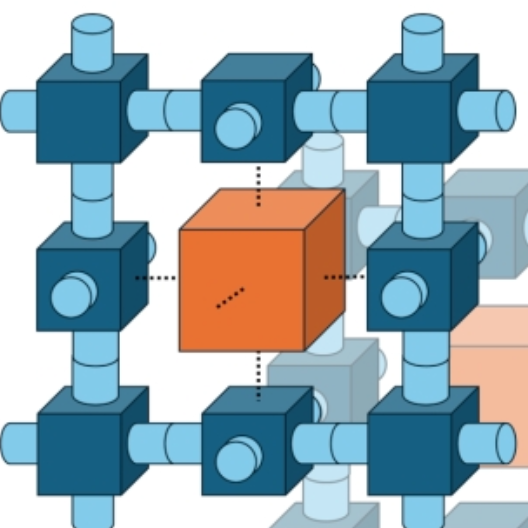Abstract
Physisorption is a reversible exothermic phenomenon where molecular kinetic energy is limited and interactions between guest molecules and materials are favored at low temperatures. However, in certain ultramicroporous materials, physisorption can be impacted by subtle structural changes on decreasing temperature that slows or even stops adsorbate diffusion, circumventing thermodynamic expectations. These unique ultramicroporous materials are described as temperature-regulated gating adsorbents and given their special properties, can facilitate mix-and-match gas separations by simply controlling temperature. To date, though understood to be remarkably useful, there is still ambiguity about how best to identify, characterize, and rationalize the performance of these materials. To address this issue, we provide a practical analytical framework of a model gating material, Al(HCOO)3, ALF. Our work illustrates how the gating effect in ALF originates from the changing dynamics of the formate linkers that define the apertures between porous cavities. As formate dynamics increase with temperature, new kinetic adsorption regimes for an adsorbate can be accessed, marked by kinetic inflection temperatures (KITs). Identification of these temperatures allows kinetic or absolute gating separations to be devised without exhaustive experimentation. However, though an elevated temperature regime may promote fast diffusion for an adsorbate, adsorption quantities can be minimal if thermodynamics of adsorption have been overcome. By using gas sorption studies with noble gases, H2, N2, O2, CO2, and C2H2, as well as crystallography, spectroscopy, and modeling, our work elucidates how the convoluted effects of thermodynamics and kinetics affect a system like ALF, and how they can be leveraged for separation design.
